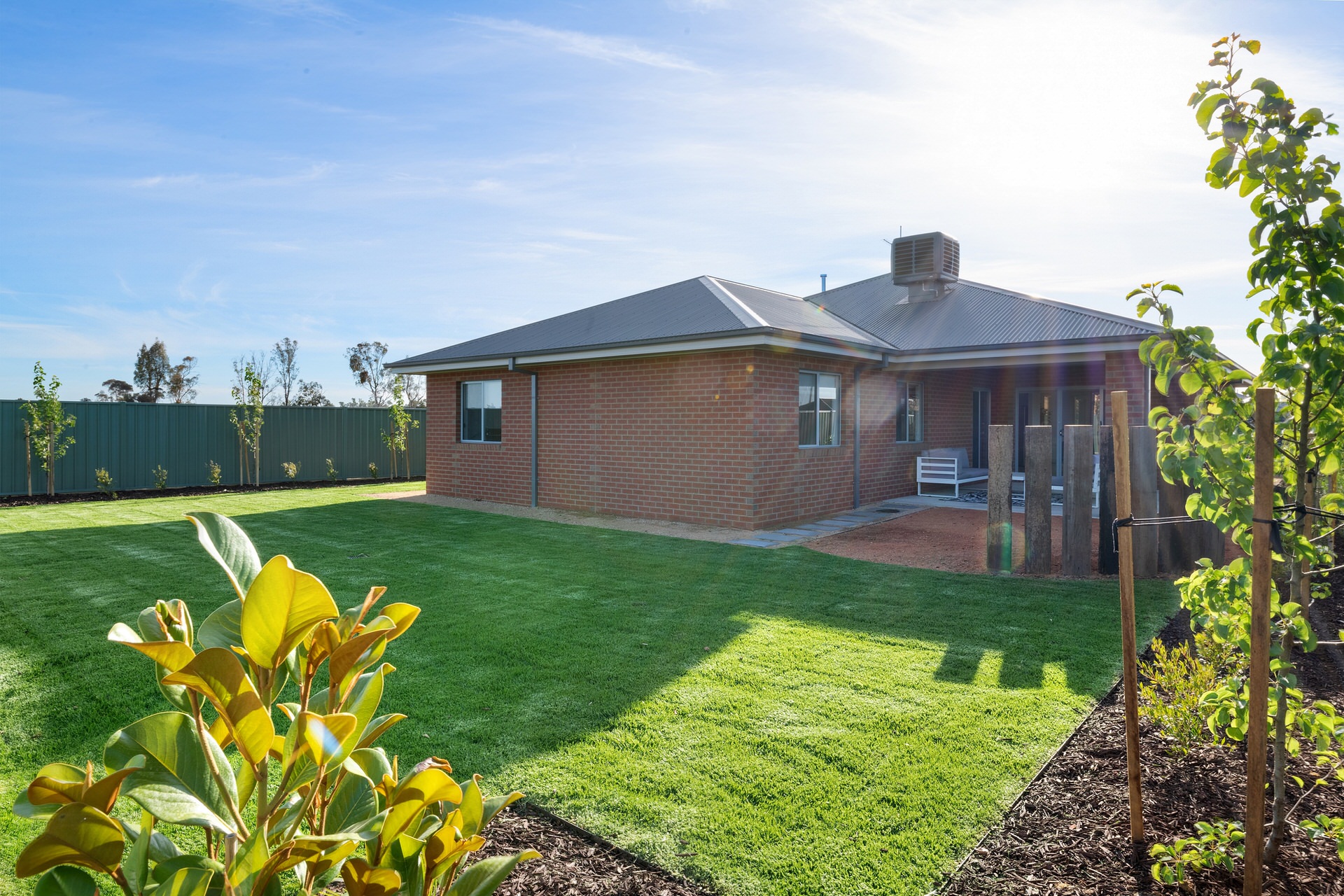Going Green – Eco Friendly Design Ideas for 2023
At Diverse Builders, we are committed to designing and building beautiful homes across North and North-Eastern Victoria, and that means we always stay up to date with the best methods and materials in home building. Sustainable homes are increasingly becoming the norm in Australia, with countless clients coming to understand the operational and cost benefits of investing in eco-friendly design.
Industry developments mean that it’s now easier than ever to build a sustainable home, integrating design elements that result in lower bills and improved air quality. However, environmentally friendly goes beyond the material itself – the entire supply chain also needs to be considered, including manufacture, transport and how it will be used in the construction of your home.
At Diverse Builders, we go above and beyond Australian standards, ensuring that your home is energy efficient and comfortable to live in all year-round, while also keeping energy bills to a minimum.
Below are points to consider incorporating and exploring within your new home build.

1. Solar
One of Australia’s best resources is the sun, so why not harness that energy with a solar power or solar hot water system? A set of solar panels can often capture enough energy to power an entire home, especially in areas like North and North-Eastern Victoria that receive lots of sunshine. This reduces your reliance on electricity generated by coal or other fossil fuels, dramatically reducing your carbon footprint and energy bills. To take best advantage, panels should be placed on a north-facing roof to capture the most sunshine during the day.
Best of all, now that the technology is more ubiquitous, solar technology is quite cost-effective, with many seeing the returns in a number of years.
2. Energy star and all electric appliances
While you’re installing a hot water system powered by solar, you can take it one step further by choosing all-electric appliances. Gas is generally quite an environmentally harmful substance to harvest and supply to homes, as the process is highly polluting and releasing greenhouse gases into the atmosphere.
In contrast, electricity can be generated by renewable sources (including your own solar panels!), making it an eco-friendlier option. It also means when building new, you won’t have to pay for a mains connection for gas
Choosing energy-efficient appliances will also go a long way in creating an eco-friendly home – the less they require, the less you’ll use or need to generate.
3. Rainwater harvesting
A rainwater tank is a great way to take advantage of natural resources without compromising on your carbon footprint. They are no longer eyesores, with developments in design meaning they can sit on your roof, or hidden within your garden so that it may not even be obvious to visitors. If you’re working with a smaller block, there are designs on the market that take advantage of smaller areas, including slimline, bladder and underground options. Collected rainwater can be used for the garden or connected up to the house to supply toilets or washing machines, reducing your water bill. The most important thing is making sure that it’s properly installed so that bugs and diseases can’t infiltrate the tank.
4. Passive heating and cooling
Eco-friendly design goes beyond materials or technology – it starts at the very initial stages with the structure and orientation of your home. Positioning your home to capture sun in winter and deflect it in summer ensures your home can maintain a comfortable temperature year round without relying on artificial sources of heating and cooling.
No eco-friendly home will be able to maintain passive heating and cooling principles without insulation. The National Construction Code requires a certain level of insulation for roofs, walls and floors, but paying particular attention to the type of insulation you’re using and ensuring its correctly installed will go a long way in creating a consistent temperature inside.
Ventilation is an essential part of any eco-friendly design that includes passive heating and cooling. Ventilation works hand in hand with orientation and insulation to ensure that outdoor air can flow through your home through either natural methods (windows) or mechanical (fans). The design of your home should incorporate pathways for air to flow through, as well as the correct placement of features like extractor fans and ceiling fans to remove old air and replace it with a fresh alternative.
5. Landscaping
Landscaping can play a huge role in creating an eco-friendly home. Gardens reduce the temperature of the surrounding air, as plants and soil perform evapotranspiration, which offers a naturally cooling effect. Trees and plants can be used to provide shade, while a veggie garden is a great way to grow your own while looking after the planet. You could even look to introduce green roofs or walls into your home design to truly bring the outdoors in.
Let's find your perfect match.
We don't just build houses. We craft homes, tailored to you and your unique lifestyle. Get in touch today to discuss your project and start building your dream.
